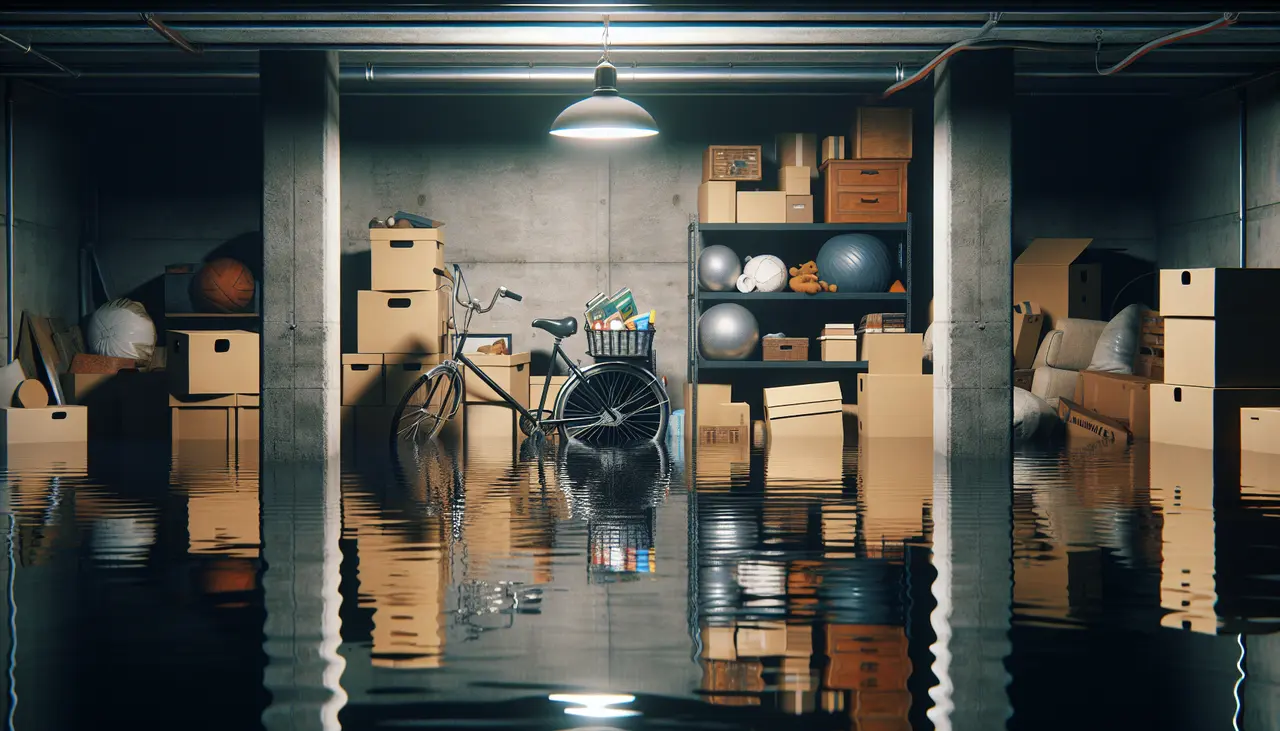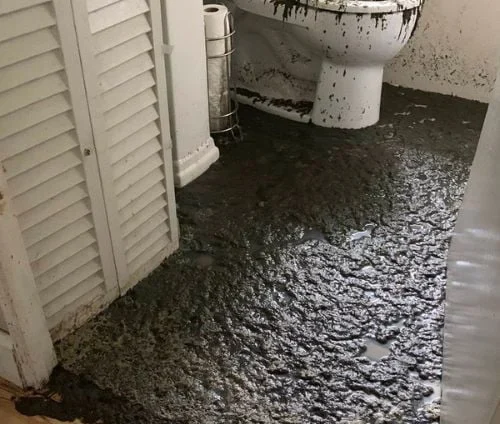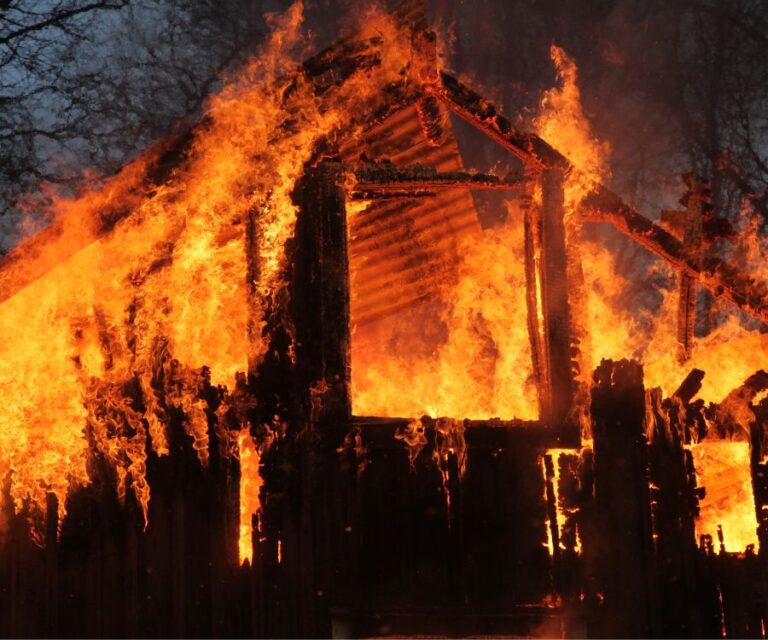Discovering your basement underwater is a homeowners nightmare, especially in Los Angeles where the sun is expected more than the rain. This guide helps you navigate the chaos of basement flooding, providing immediate, actionable steps to mitigate damage, ensure safety, and begin recovery.
Initial Response to Basement Flooding
The moment you discover flooding in your basement, it’s crucial to act swiftly. The first step is to ensure your safety and that of your family by avoiding contact with the water. This water could be contaminated or electrified, posing serious risks. Donning waterproof gear and securing a powerful flashlight, proceed to the next critical step: shutting off your home’s power and water supply to prevent further damage and ensure safety during cleanup.
After ensuring the area is safe, attempt to discover the source of the flooding, if possible. Whether it’s a burst pipe, a heavy downpour overwhelming your drainage, or a sewage backup, identifying the culprit is essential for taking the correct mitigation steps and preventing future occurrences.
Safety Measures Before Cleanup
Before commencing cleanup, prioritize safety by wearing protective clothing such as gloves, boots, and masks. The importance of personal protection cannot be overstated as floodwater often contains hazardous materials. In addition, ensure the space is well-ventilated to disperse potentially toxic gases and reduce humidity levels.
Identifying the Source of the Flood
Locating the flood’s origin is crucial; it could range from natural disasters to home plumbing issues. Should the flooding be due to natural causes, prevention might involve investing in better exterior waterproofing or a sump pump. However, if a home appliance or piping is at fault, repairs or replacements may be necessary to avoid future incidents.
Effective Water Removal Strategies
Effectively removing water is the cornerstone of addressing basement flooding. Employing a combination of pumps and vacuums designed for wet conditions can efficiently extract water. Also, consider channeling the removed water away from your home’s foundation to prevent re-entry or additional issues.
Drying Out and Dehumidifying Your Basement
After water removal, thoroughly dry out the area using dehumidifiers, fans, and opening windows if weather permits. This step is critical not only for the basement’s structure but also for preventing mold and mildew growth, which can start to develop within 24 hours in damp environments.
Preventing Mold and Damage After Flooding
Once your basement is dry, it’s time to address and prevent mold growth. Use mold-inhibiting solutions while cleaning affected items and surfaces. Discard any items that cannot be fully cleaned or are deeply water-damaged, such as carpeting or upholstered furniture, to avoid mold accumulation.
When to Call Professional Basement Flooding Services
Despite best efforts, some situations necessitate professional intervention. This is particularly true if the flooding involves sewage, poses structural risks, or if mold has become a considerable problem. Professional services offer the expertise and equipment necessary to safely and effectively return your basement to its pre-flood state.
Turning the Tide: Your Next Steps After Basement Flooding
Experiencing basement flooding in Los Angeles can be overwhelming, but knowing the immediate steps to take can greatly reduce long-term damage and stress. Remember, timely actions like shutting off power, identifying the source, removing water, and starting the drying process play pivotal roles. While it’s a challenge no homeowner wants to face, being prepared and knowing when to call professionals can turn a potential disaster into a manageable situation.






